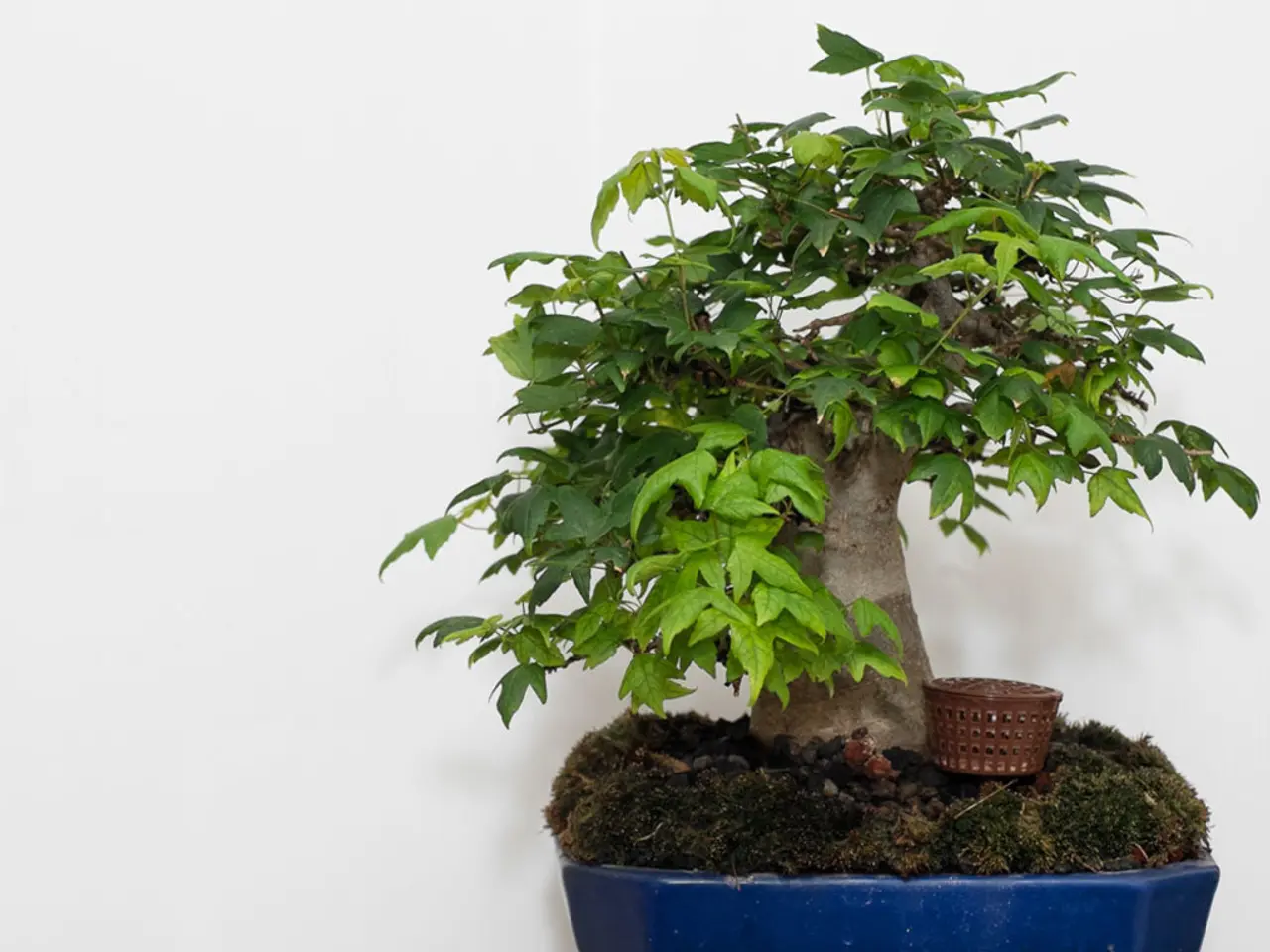Documenting Bonsai Development: Recording Progress, Maintenance, and Insights
In the world of bonsai, a small but mighty journal can make a significant difference. This humble tool provides a space for bonsai enthusiasts to record their care routines, monitor growth patterns, and improve their cultivation skills over time.
First and foremost, a bonsai journal serves as a reliable record of watering, pruning, and fertilizing schedules. By keeping track of these essential care tasks, growers can ensure that their trees receive the right amount of attention at the right time, tailoring their care to each tree's unique needs.
Moreover, a bonsai journal encourages mindfulness and deeper observation. As growers document the progress and challenges of their trees, they are invited to slow down, observe, and appreciate the subtle beauty of their bonsai. This focused attention not only reduces stress but also boosts emotional well-being while cultivating creativity and emotional resilience.
By recording progress and setbacks, both beginners and experienced growers can refine their techniques, avoid repeating mistakes, and notice subtle changes in the tree's vitality. This process fosters a profound appreciation for the intricate dance between human and tree.
A bonsai journal also provides a safe space to process emotions, frustrations, and disappointments. By writing down thoughts and feelings, caretakers can approach challenges with a clearer mind and a more compassionate heart.
Organizing the journal by date, tree species, or specific events, and using tabs, dividers, or color-coding, ensures an easily accessible system for effortless reference and reflection. This structure makes it simple to track seasonal growth patterns, revealing insights into a tree's unique responses to environmental fluctuations.
Incorporating photographs into the journal paints a vivid picture of the bonsai's evolution, allowing for visual tracking of progress, identifying patterns, and cherishing milestones. This visual narrative adds another layer of depth to the bonsai journey, creating a tangible representation of the connection to nature.
As the journal grows, so does the cultivator's understanding, fostering a deeper sense of harmony and balance in one's own life. The journal becomes a trusted companion, offering valuable insights and gentle reminders that encourage one to slow down, observe, and appreciate the subtle beauty of the trees.
In summary, the key benefits of keeping a bonsai journal are:
- Tracking care routines to optimize watering, pruning, and fertilizing
- Monitoring growth and health patterns for early detection of issues
- Improving cultivation skills by recording what works and what doesn’t
- Enhancing mindfulness and emotional resilience through focused observation
- Providing motivation and a personal record of the bonsai journey
While the search results do not explicitly mention journaling, these benefits align closely with the general wellness and cultivation advantages of bonsai care described in studies. So, whether you're a beginner just starting your bonsai journey or an experienced grower seeking to deepen your connection with nature, consider the power of a bonsai journal to guide and inspire your practice.
A bonsai journal not only serves as a space for tracking watering, pruning, and fertilizing schedules, but also encourages deeper observation and mindfulness, fostering emotional resilience and creativity. Organizing the journal by date, tree species, or specific events ensures a structured system for easy reference and reflection. Incorporating photographs adds another layer of depth to the bonsai journey, creating a tangible representation of the connection to nature. For those interested in fashion and beauty, food and drink, home and garden, relationships, pets, travel, cars, or shopping, the same principles of mindfulness and structured organization can be applied to any area of life. Just as the journal grows with the cultivator's understanding, so can one's lifestyle grow with increased mindfulness and reflective practice.




